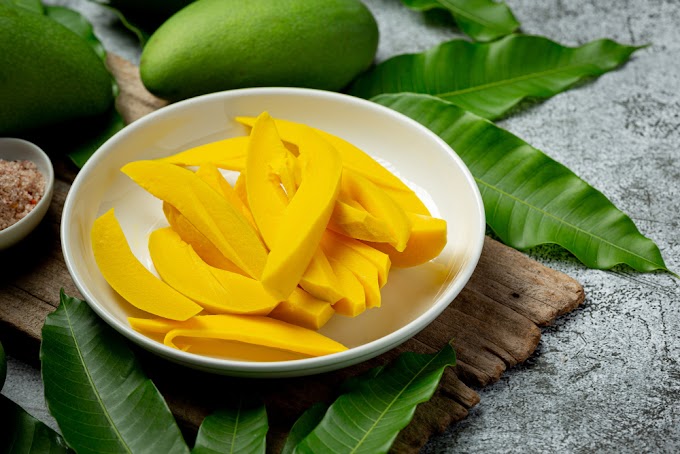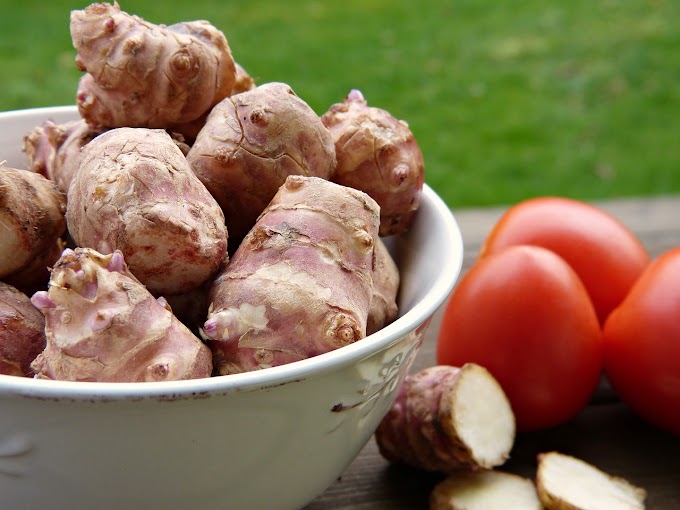The Nutritional and Health Benefits of Ladyfinger: A Green Superfood
Ladyfinger, scientifically known as Abelmoschus esculentus and commonly referred to as okra, is a versatile and nutritious vegetable widely used in various cuisines around the world. This slender, green pod vegetable not only adds flavor and texture to dishes but also boasts an impressive array of health benefits. From its rich nutrient profile to its potential role in disease prevention, ladyfinger has earned its reputation as a green superfood. This article explores the advantages of incorporating ladyfinger into the human diet, highlighting its nutritional content, health-promoting properties, and culinary versatility.
Nutritional Value of Ladyfinger:
Nutrients Amount per 100 g Carbohydrates 7.45 g Protein 1.93 g Fat 0.19 g Fibre 3.2 g Sugar 1.48 g Water 89.6 g Energy 33 kcal Starch 0.34 g Sodium 7 mg Potassium 299 mg Iron 0.62 mg Magnesium 57 mg Calcium 82 mg Phosphorus 61 mg Zinc 0.58 mg Manganese 0.788 mg Copper 0.109 mg Selenium 0.7 µg Vitamin A 36 µg Vitamin B1 0.2 mg Vitamin B2 0.06 mg Vitamin B3 1 mg Vitamin B5 0.245 mg Vitamin B6 0.215 mg Vitamin C 23 mg Vitamin E 0.27 mg Vitamin K 31.3 µg3
Nutritional Profile
Ladyfinger is a nutritional powerhouse, packed with essential vitamins, minerals, and dietary fiber. One cup (100 grams) of raw lady finger contains approximately 33 calories and provides:
Vitamin C: Ladyfinger is a good source of vitamin C, an essential nutrient known for its antioxidant properties.
Vitamin K: Ladyfinger contains vitamin K, which is important for blood clotting and bone
It is particularly important for pregnant women, as adequate folate intake can help prevent neural tube defects in newborns.
Potassium: Ladyfinger is a decent source of potassium, an electrolyte that helps regulate fluid balance, muscle contractions, and nerve signals. A diet rich in potassium may help lower blood pressure and reduce the risk of stroke.
Dietary Fiber: Ladyfinger is high in dietary fiber, both soluble and insoluble. Fiber promotes digestive health, prevents constipation, and may help lower cholesterol levels.
In addition to these nutrients, ladyfinger also contains small amounts of other vitamins and minerals, including calcium, magnesium, and iron.
Health Benefits
Heart Health: The high fiber and potassium content of ladyfinger can benefit heart health by lowering cholesterol levels and blood pressure. Fiber helps remove excess cholesterol from the body, while potassium helps relax blood vessels, reducing strain on the cardiovascular system.
Blood Sugar Control: Ladyfinger may help regulate blood sugar levels due to its low glycemic index and high fiber content. Fiber slows down the absorption of sugar in the bloodstream, preventing rapid spikes and crashes in blood glucose levels.
Digestive Health: The fiber in ladyfinger promotes digestive health by adding bulk to stool and preventing constipation. Additionally, ladyfinger contains mucilage, a gel-like substance that soothes and lubricates the digestive tract, reducing the risk of digestive disorders like irritable bowel syndrome (IBS).
Weight Management: Ladyfinger is low in calories and rich in fiber, making it an excellent addition to weight loss or weight management diets.
Antioxidant Properties: Ladyfinger contains antioxidants, including vitamin C and polyphenols, which help neutralize harmful free radicals in the body. Antioxidants protect cells from oxidative damage and may reduce the risk of chronic diseases, such as cancer and cardiovascular disease.
Bone Health: The vitamin K content of ladyfinger is beneficial for bone health, as it helps increase bone density and reduce the risk of fractures. Adequate vitamin K intake is essential for maintaining strong and healthy bones, especially as we age.
Immune Support: Vitamin C, found abundantly in ladyfinger, plays a vital role in supporting immune function. A diet rich in vitamin C can help strengthen the immune system, reducing the risk of infections and illness.
Culinary Versatility
Ladyfinger is a versatile vegetable that can be prepared in numerous ways, adding flavor, texture, and nutrients to a variety of dishes. It can be:
Stir-fried: Ladyfinger is commonly stir-fried with spices and seasonings in dishes like bhindi masala or gumbo, retaining its crisp texture and subtle flavor.
Grilled or Roasted: Grilling or roasting ladyfinger enhances its natural sweetness and adds a smoky flavor. It can be seasoned with herbs, garlic, and olive oil for a delicious side dish.
Stuffed: Ladyfinger can be stuffed with a mixture of spices, herbs, and ground meat or vegetarian fillings before cooking, creating a flavorful and satisfying dish.
Added to Soups and Stews: Ladyfinger lends its unique texture to soups, stews, and curries, thickening the broth and infusing the dish with its delicate flavor.
Pickled: Ladyfinger can be pickled in vinegar or brine, preserving its crispness and tangy taste for an extended period.
Whether sautéed, grilled, or added to soups and stews, ladyfinger enhances the taste and nutritional value of any dish it is incorporated into.
Conclusion
Ladyfinger is not just a delicious and versatile vegetable; it is also a nutritional powerhouse with numerous health benefits. From promoting heart health and blood sugar control to supporting digestive function and immune health, ladyfinger offers a wide range of advantages for human well-being. With its rich nutrient profile, culinary versatility, and potential disease-fighting properties, ladyfinger deserves its place as a staple ingredient in a healthy diet. By incorporating lady finger into your meals regularly, you can enjoy its many benefits while adding variety and flavor to your culinary repertoire.







